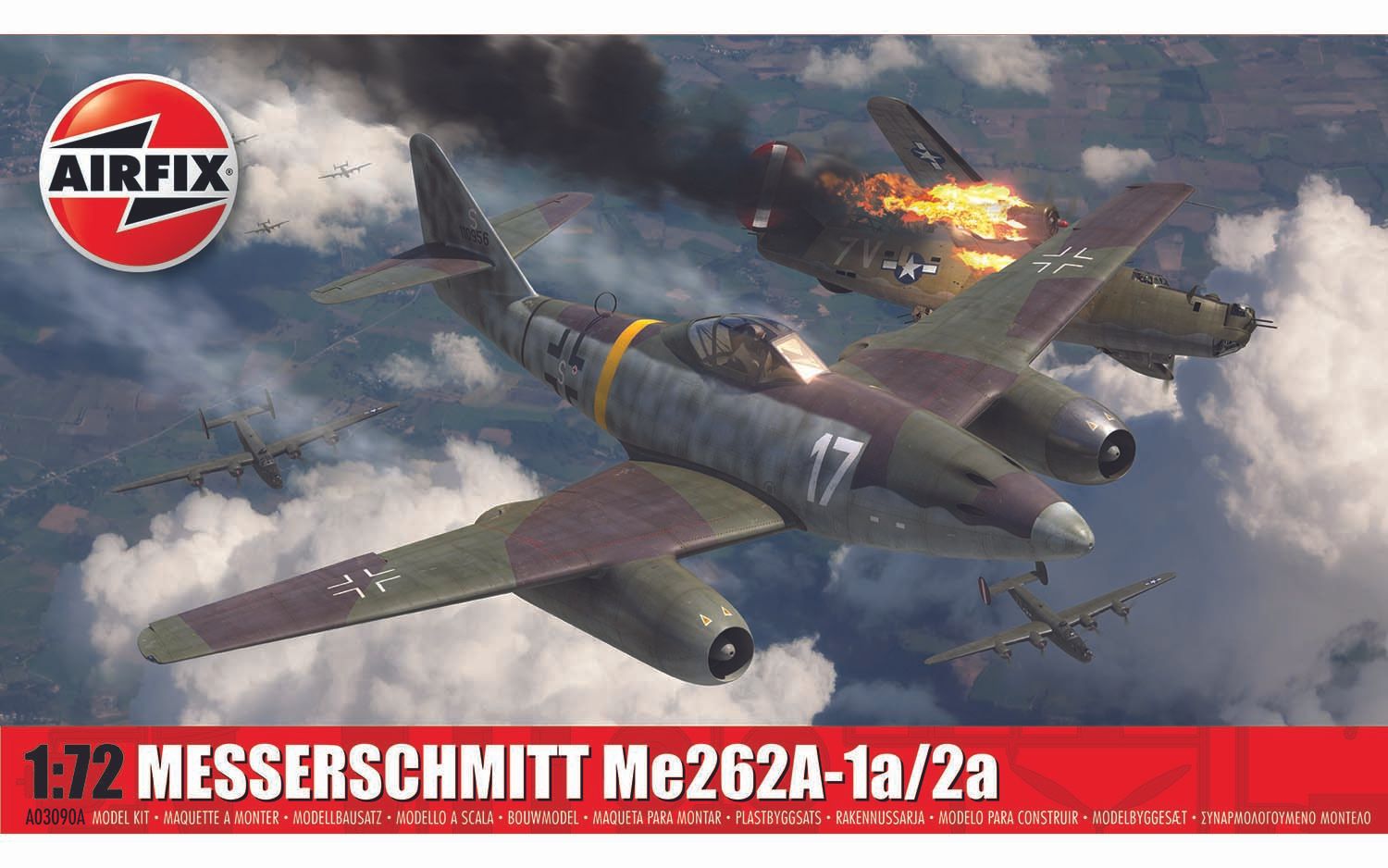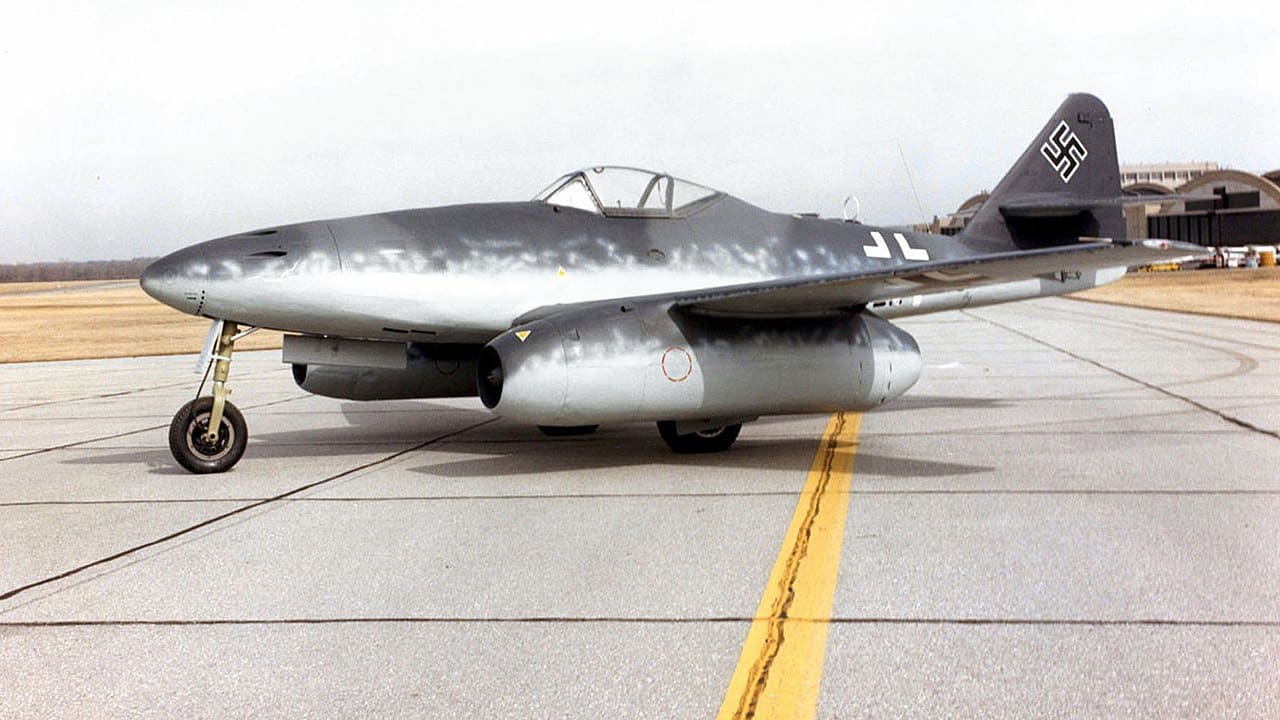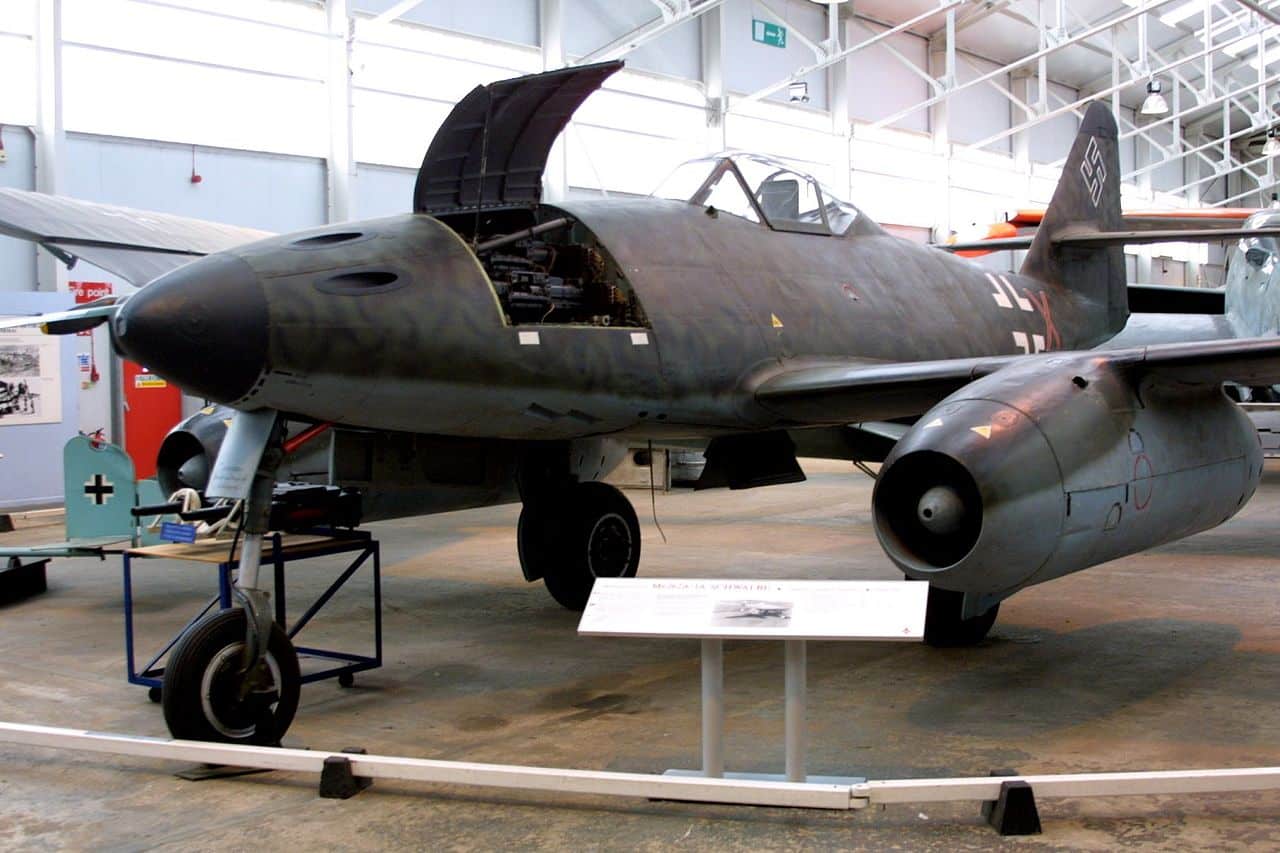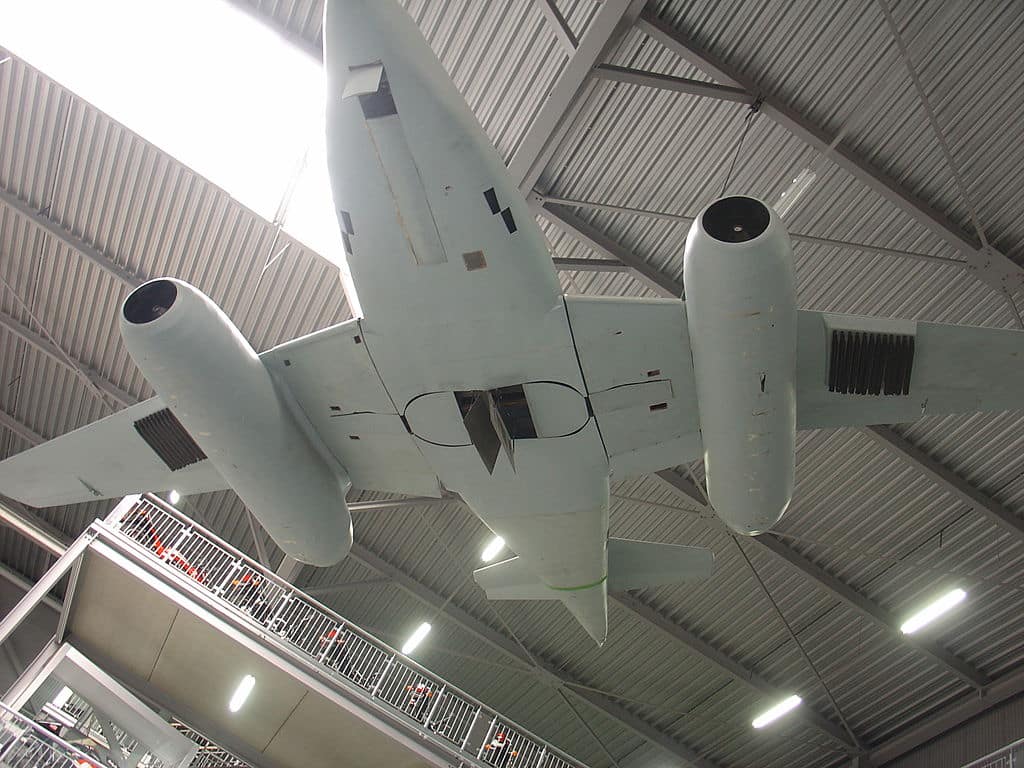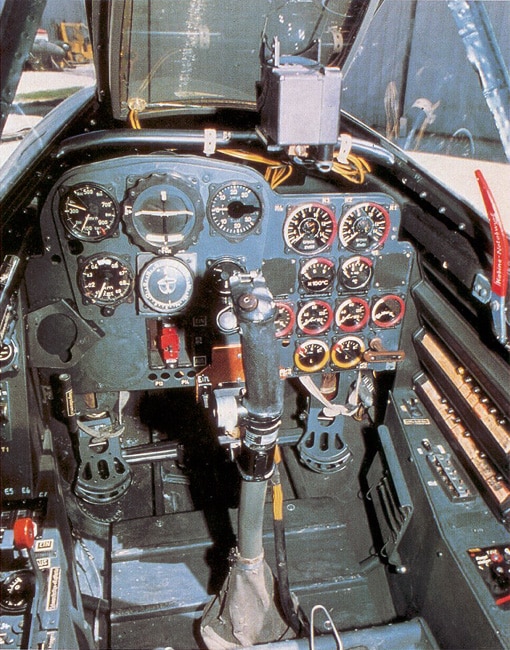New Edition of Airfix 1:72 Scale Messerschmitt Me262A-1a/2a with Exciting Marking Options
Airfix, the renowned model kit manufacturer, has recently unveiled an exciting new edition of their highly popular 1:72 scale Messerschmitt Me262A-1a/2a. This latest release not only offers meticulous attention to detail but also presents two brand new marking options, providing enthusiasts and collectors with even more choices for customization.
Unveiling the New Airfix Messerschmitt Me262A-1a/2a
Unprecedented Attention to Detail
Airfix takes pride in its commitment to delivering model kits that capture the essence of historical accuracy, and the new edition of the Messerschmitt Me262A-1a/2a is no exception. Crafted with meticulous precision, this 1:72 scale model exemplifies the engineering marvel of the original aircraft, showcasing intricate panel lines, accurate proportions, and an impressive level of detail throughout.
Expanded Customization with Two New Marking Options
A03090A – Messerschmitt Me262A-1a, W.Nr110956 ‘White 17’, flown by Obstlt. Heinz Bär, III./Ergänzungs-Jagdgeschwader 2, Lechfeld, Bavaria, Germany, 29th April 1945. (A)
A03090A – Messerschmitt Me262A-2a, W.Nr.500200, flown by Fj.Ofw. Hans Frölich, 2./Kampfgeschwader 51, Fassberg, Lower Saxony, Germany, 8th May 1945. (B)
The Significance of the Messerschmitt Me262A-1a/2a
The Messerschmitt Me262A-1a/2a, also known as the Me 262, holds a significant place in aviation history as the world’s first operational jet-powered fighter aircraft. Developed and produced by Germany during World War II, this groundbreaking aircraft revolutionized the field of aviation and had a profound impact on future aircraft design and technology. In this article, we will delve into the significance of the Messerschmitt Me262A-1a/2a and explore its contributions to military aviation.
The Development of the Messerschmitt Me262A-1a/2a
The development of the Messerschmitt Me262A-1a/2a began in the early 1940s as Germany sought to gain an edge in aerial warfare. The project was led by aircraft designer Willy Messerschmitt, who recognized the potential of jet propulsion in aviation. Despite facing numerous technical challenges, the team persevered and successfully created a revolutionary aircraft that would change the course of aviation history.
The Technological Advancements
Jet Propulsion
One of the key technological advancements of the Me 262 was its jet propulsion system. Unlike traditional piston engines, which powered most aircraft of that era, the Me 262 utilized jet engines. This innovation allowed the aircraft to achieve unprecedented speeds and climb rates, giving it a significant advantage over propeller-driven fighters. The jet propulsion system paved the way for future jet-powered aircraft and laid the foundation for modern aviation.
Aerodynamic Design
Another crucial aspect of the Me 262’s significance was its advanced aerodynamic design. The aircraft featured a streamlined fuselage and swept wings, reducing drag and improving overall performance. The aerodynamic design, combined with the power of its jet engines, enabled the Me 262 to reach remarkable speeds and provided superior maneuverability in combat situations.
Operational Capabilities
Speed and Maneuverability
The Messerschmitt Me262A-1a/2a boasted impressive speed capabilities, capable of reaching speeds of up to 900 kilometers per hour (560 miles per hour). This extraordinary speed allowed the aircraft to engage and disengage quickly, making it difficult for enemy fighters to intercept. The Me 262’s exceptional maneuverability further enhanced its combat effectiveness, enabling it to outmaneuver slower, propeller-driven aircraft.
Armament
The Messerschmitt Me262A-1a/2a was equipped with a formidable array of weaponry. It featured four 30mm MK 108 cannons, which provided significant firepower against enemy aircraft. These cannons had a high rate of fire and were capable of inflicting severe damage on targets. Additionally, the Me 262 could also carry a payload of air-to-air rockets or bombs, further expanding its operational capabilities.
Impact on Military Aviation
Influence on Future Jet Fighters
The introduction of the Messerschmitt Me262A-1a/2a had a profound influence on the development of future jet fighters. Its successful implementation of jet propulsion demonstrated the potential of this technology and spurred other nations to pursue their own jet-powered aircraft projects. The Me 262 paved the way for the rapid advancement of jet fighter design and laid the foundation for the modern era of supersonic aviation.
Tactical Advantages
The Me 262 provided significant tactical advantages on the battlefield. Its incredible speed allowed it to quickly intercept and engage enemy aircraft, disrupting enemy operations and establishing air superiority. The ability to outmaneuver propeller-driven aircraft gave the Me 262 pilots a considerable edge in combat situations. The aircraft’s firepower, combined with its speed and maneuverability, made it a formidable adversary and posed a significant threat to Allied forces during World War II.
Legacy and Historical Significance
The Messerschmitt Me262A-1a/2a holds a prominent place in aviation history and has left a lasting legacy. Its introduction marked a significant milestone in aircraft technology, revolutionizing the concept of fighter aircraft propulsion. The success of the Me 262 paved the way for the development of more advanced jet fighters, leading to a rapid evolution in military aviation.
Despite its late introduction and limited production during World War II, the Me 262 demonstrated the potential of jet-powered flight and influenced subsequent generations of aircraft designers. Its technological advancements and combat effectiveness have earned it a place among the most iconic and groundbreaking aircraft in history.
FAQs
- What was the top speed of the Messerschmitt Me262A-1a/2a?The Messerschmitt Me262A-1a/2a had a top speed of approximately 900 kilometers per hour (560 miles per hour).
- How many Me 262s were produced during World War II?Approximately 1,430 Me 262s were produced during World War II.
- Did the Messerschmitt Me262A-1a/2a have any post-war service?Yes, some Me 262s were used in post-war service by various countries, including Czechoslovakia and France.
- Were there any notable pilots who flew the Me 262?Several notable pilots flew the Me 262, including Luftwaffe ace Adolf Galland and Erich Hartmann, the highest-scoring fighter pilot in history.
- What other innovations did the Messerschmitt company contribute to aviation?The Messerschmitt company made several other significant contributions to aviation, including the development of the Messerschmitt Bf 109, one of the most successful and widely produced fighter aircraft of World

